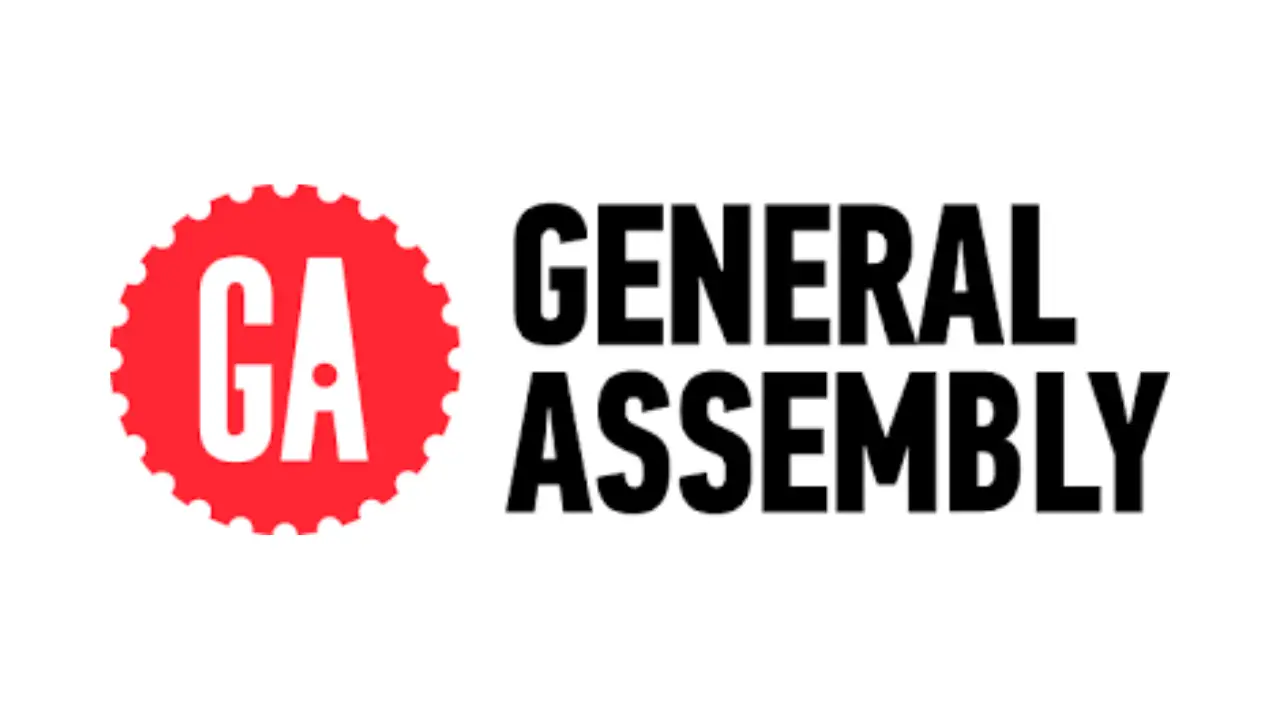Learning Python was a goal I had set for myself as part of my broader aspiration to delve deeper into data science and analytics.
When I discovered the General Assembly Python Programming Bootcamp, I saw it as the perfect opportunity to build a strong foundation in programming.
I enrolled in the Part-time Python Programming Bootcamp, which ran from June 13th, 2023, to September 9th, 2023, under the guidance of Deeban Chandran.
The total investment for the course was RM4505.
This blog post is a reflection of my experience, key takeaways, and how this course contributed to my personal growth and future aspirations.
Course Structure and Setting
Small Class Environment
One of the highlights of the bootcamp was the small class size, with fewer than 15 students. This allowed for a highly interactive learning environment.
The instructor provided personalized attention, ensuring that each student received the necessary support.
If I had questions or needed help, I could easily get assistance without feeling lost in a large crowd.
Diverse Background of Students
The class was composed entirely of working professionals from various industries, each bringing a unique perspective to the discussions.
This diversity made learning more enriching, as we could see how Python could be applied in different fields, from finance to healthcare and beyond.
Beginner-Friendly Pace and Syllabus
The syllabus was designed in a gradual and structured manner, making it accessible for beginners.
We started with the very basics, such as variables, data types (numbers and strings), and basic operations, before progressing to more advanced topics like data analysis and web development.
We were introduced early on to the data science development ecosystem, particularly Jupyter Notebooks and Anaconda.
Anaconda simplified the setup process by bundling essential data science tools, while Jupyter Notebooks provided an interactive development environment that allowed us to write and document our code in one place.
Key Learning Modules and Experiences
Introduction to Python Fundamentals
We began by learning fundamental concepts such as:
- Basic Python Syntax – Writing and running Python scripts.
- Variables and Data Types – Understanding numbers, strings, and lists.
- Control Flow – Using if/elif/else statements to make decisions.
- Loops – Implementing for and while loops for automation.
- Functions – Writing reusable blocks of code to improve efficiency.
Data Analysis with Pandas
A significant part of the bootcamp focused on data manipulation with Pandas, which is essential for data analysis. We covered:
- Reading datasets into Pandas DataFrames.
- Filtering and sorting data.
- Performing basic exploratory data analysis (EDA).
Web Development with Flask
One of the most exciting modules was learning Flask, a lightweight Python web framework. I enjoyed exploring how Python could be used to create simple web applications.
By the end of the module, I was able to build a basic MCQ tool for my Insurance Professional course, which helped me apply my knowledge in a practical way.
We covered:
- Flask fundamentals – How to set up a basic web application.
- Defining routes – Mapping URLs to specific functions.
- Front-end vs. Back-end concepts – Understanding how web development is structured.
My Final Project: Customer Autoinsurance Analysis Using Python
For my final project at General Assembly in the Data Science path, I chose to analyze customer data from the autoinsurance industry using Python and the Pandas library within Jupyter Notebook.
This project provided a valuable opportunity to apply the skills I had learned throughout the bootcamp to a real-world dataset.
The dataset was obtained from Kaggle and contained customer-related data, offering insights into factors influencing claims.
Throughout this project, I performed data loading, cleaning, and exploratory data analysis (EDA), employing the techniques I learned in class.
The analysis revealed key patterns, trends, and relationships that can help inform decision-making in the autoinsurance industry, such as understanding claim frequency and predicting customer behavior.
The project received positive feedback, scoring a perfect 15/15 across all competencies:
- Data/API Ingestion and Explanation: 3/3 – Demonstrated in-depth knowledge.
- Visualization / JSON / Flask: 3/3 – Effective use of visualization techniques like heat maps and scatterplots.
- Data Cleaning: 3/3 – Showcased thorough data cleaning skills.
- Python Core Topics: 3/3 – Applied core Python concepts like functions, loops, and debugging techniques.
- Comments: 3/3 – Clear and concise explanations in code.
Feedback Summary:
Glow:
- Good statistical analysis.
- Great use of apply and lambda functions.
- Excellent visualization techniques, including heat maps and scatterplots.
Grow:
- Experiment with multiple missing value treatment techniques for practice.
- Show a median line in the histogram for better clarity.
This project was an exciting culmination of my learning journey, demonstrating the power of Python and data science techniques in solving real-world problems.
You can check out the detailed analysis and findings from the project by following this link.
Personal Growth and Future Aspirations
This bootcamp significantly boosted my confidence in learning Python and prepared me for more advanced studies in data science.
The structured learning approach helped me grasp concepts effectively despite having a busy work schedule.
Completing this course reaffirmed my decision to pursue a Master’s in Data Science, as it provided a strong foundation for further learning.
It also showed me the value of structured, instructor-led learning, which is sometimes more effective than self-study.
Conclusion
The General Assembly Python Programming Bootcamp was an excellent investment in my education and career growth.
Over three months, I gained essential skills in Python programming, data analysis, and web development with Flask.
The small class size, diverse learning environment, and well-paced curriculum made the experience highly beneficial.
I highly recommend this course to beginners looking to start their Python journey, especially those interested in data science and web development.
If you’re a working professional looking for a structured and interactive way to learn Python, this bootcamp is a great option!




